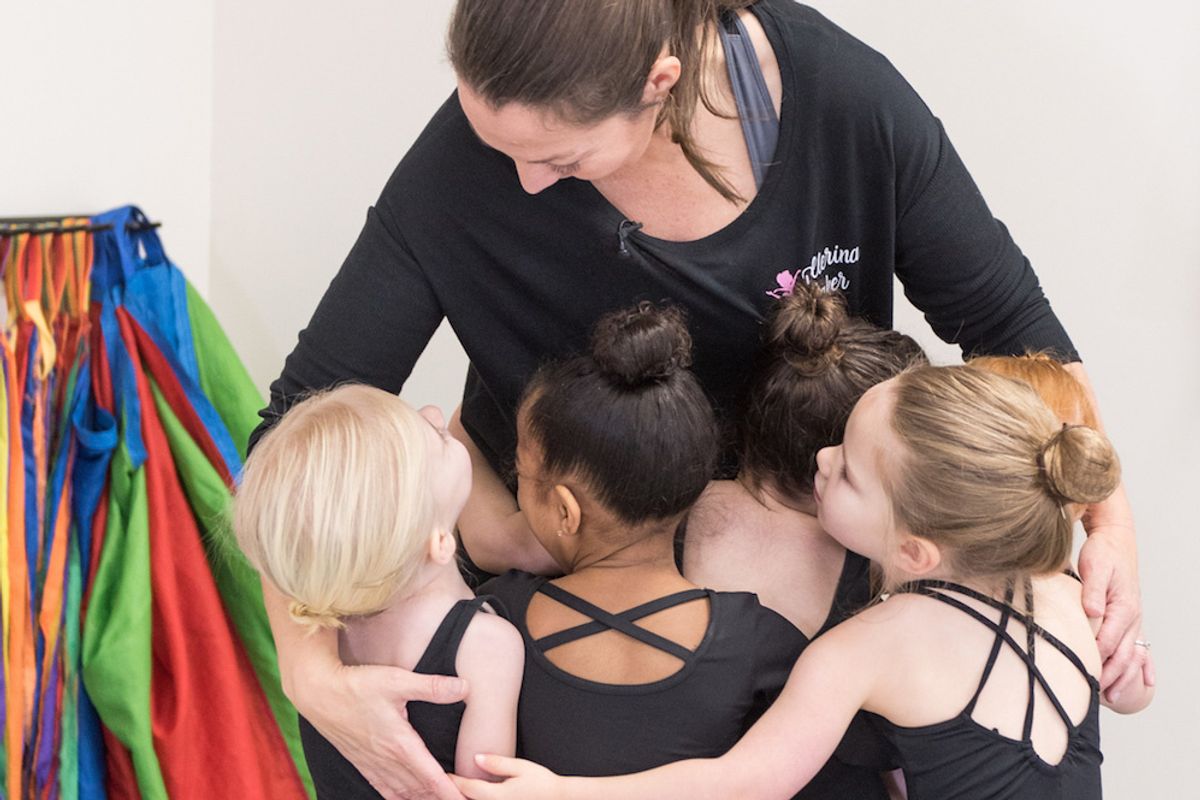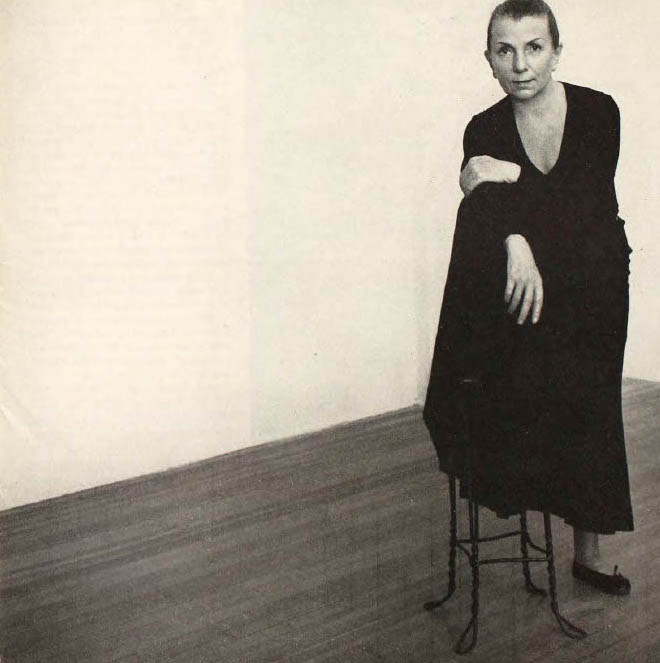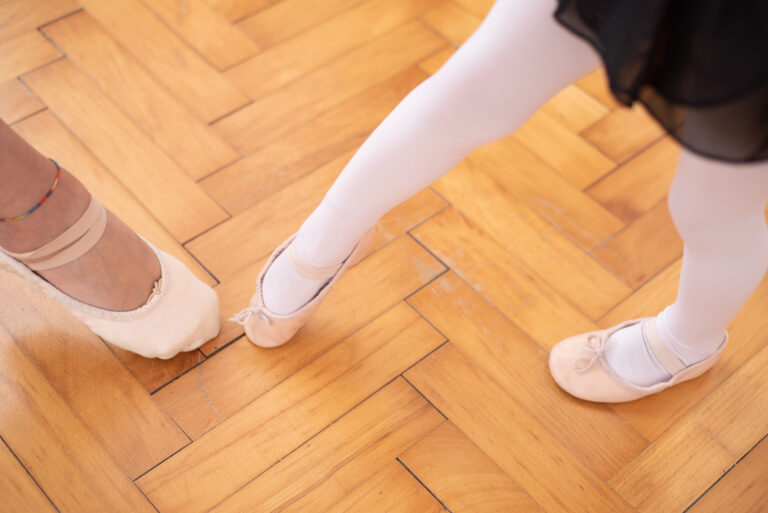
For some children, the first day of dance is a magic time filled with make-believe, music, smiles and movement. For others, all the excitement can be a bit intimidating, resulting in tears and hesitation. This is perfectly natural, and after 32 years of experience, I’ve got a pretty good system for getting those timid tiny dancers to open up. It usually takes a few classes before some students are completely comfortable. But before you know it, those hesitant students will begin enjoying the magic of creative movement and dance.
Meet and Greet: Get Them Familiar With YOU
After registration ends, I reach out to parents and ask them to bring their child by to meet me and see the studio before classes begin. This is especially helpful to those dancers who haven’t come to an open house or attended one of my summer camps. It’s also helpful for me to see how they respond to their new environment and how they will react on the first day of class.
At this event, I will meet my new students out in the lobby and offer them my pinky finger while saying “Let’s go see your room.” Making it “their” room makes it much more exciting—almost like a gift. I give them plenty of time to slowly start walking with me. Most will run back to their mom or dad, but a few will continue to follow my lead.
For those that have come to an open house or summer camp, a meet and greet is extremely helpful because I am already familiar to them, and they enter the studio expecting to see the really pretty room with Elsa and Anna doors and a tree painted on the wall. I show them all my fun things in the room like the pictures on the wall and the butterflies on the floor. I invite them to stand on a butterfly then ask them to look at themselves in the mirror, which usually results in a sweet smile.
At the end of our meet and greet, the dancer is given a sticker as a badge of honor for being so brave. I remind them how excited I am to see them on their first day of ballet, and everyone leaves happy.
Baby Steps: Let Them Take Their Time
On the first day of dance, I gather all our “new friends” in the lobby, paying close attention to children who look timid. If they seem scared or were a hesitant dancer at the meet and greet, I squat down, make eye-to-eye contact and say hello. I then ask one of the dancers who is already holding my hand to hold his/her new friend’s hand. A peer is much less intimidating than a teacher, so this usually works well.
Another technique is to make a show with the eager dancers by pointing out pictures, ballet shoes, hair bows—anything to allow that shy dancer to gain the confidence to leave the comfort of the mom or dad and join us on our way back to the room. Most of the time, all my new dancers form a chain of hand-holding, and we wave good-bye and enter the classroom. After everyone is inside, I’ll close the door and class begins.
On occasion, crying can still happen. If we have an extra-timid student who still doesn’t want to leave the safety of their parent, I will take my eager students in and get them settled with my assistant. I’ll then return to the lobby, where I look at the parent and confidently say, “I have her, Mommy/Daddy, we are going to go have some fun dancing!”
The first thing I do when we enter the studio is put the dancer “in control” by giving them a choice: “You can hold my hand or Miss Quentin’s hand (my assistant)—what would you rather do?” At this age, it is a great attention diverter and often does the trick.
If there is still hesitation and the dancer does not want to participate, I’ll let them sit down and watch as I proceed with ribbon play and popular music. I don’t pay any attention to the little one, and as far as she/he is concerned, we are having the time of our lives. This gives them time to see that they are in a safe and fun environment, thus giving them the desire to join in.
Once the dancer feels as if he/she is in control and comfortable in the studio, I’ll finally ask if they want to participate in the next activity. My song of choice is “The Wheels on the Bus,” and I invite them to take a ride with us. This often works for the length of the song, but after the song stops, crying resumes. Remember, though, you saw a glimpse of what they are capable of doing—which proves that eventually they will be just fine. If crying does resume, allow them to go sit back down or stay with the group, depending on the level of tears and distraction it is for your other dancers.
This behavior can be expected for about two or three more weeks and then—all of a sudden—they will decide to walk in on their own. This crier may go sit down and take a while to warm up, but that is still OK. As long as you see improvement, you are headed in the right direction. Before you know it, that same dancer will be running through the door eager for class to start.
Parent Communication Is Key
It’s extremely important to communicate with the parent via e-mail and give them weekly updates. Do not allow them to come into the room after class to ask how everything went, because that dancer sees the concern on mom or dad’s face and picks up on their anxiety. I realize that sending e-mails is time-consuming, but it gives you the opportunity to show the parent that you care about their child, which is comforting for them. And when a parent feels relaxed, it helps their child feel relaxed.
One of the biggest rewards I have as a teacher is seeing the joy on a parent’s face as they watch their little one dance on their own with big smile. This growth happens only when there is a patience and willingness—on the teacher’s part—to create the best environment possible for her students.
When you work with little ones, you have to understand that the process is not always a quick one and involves much more than a simple list of songs and dance activities. It is based on each individual and involves reacting to their needs and their parent’s needs. When put in practice, your tiny dancers will become beautiful ballerinas. And that beautiful ballerina was not born on the stage. He/she was born in your studio, where they first learned about commitment, movement and the art dance.



